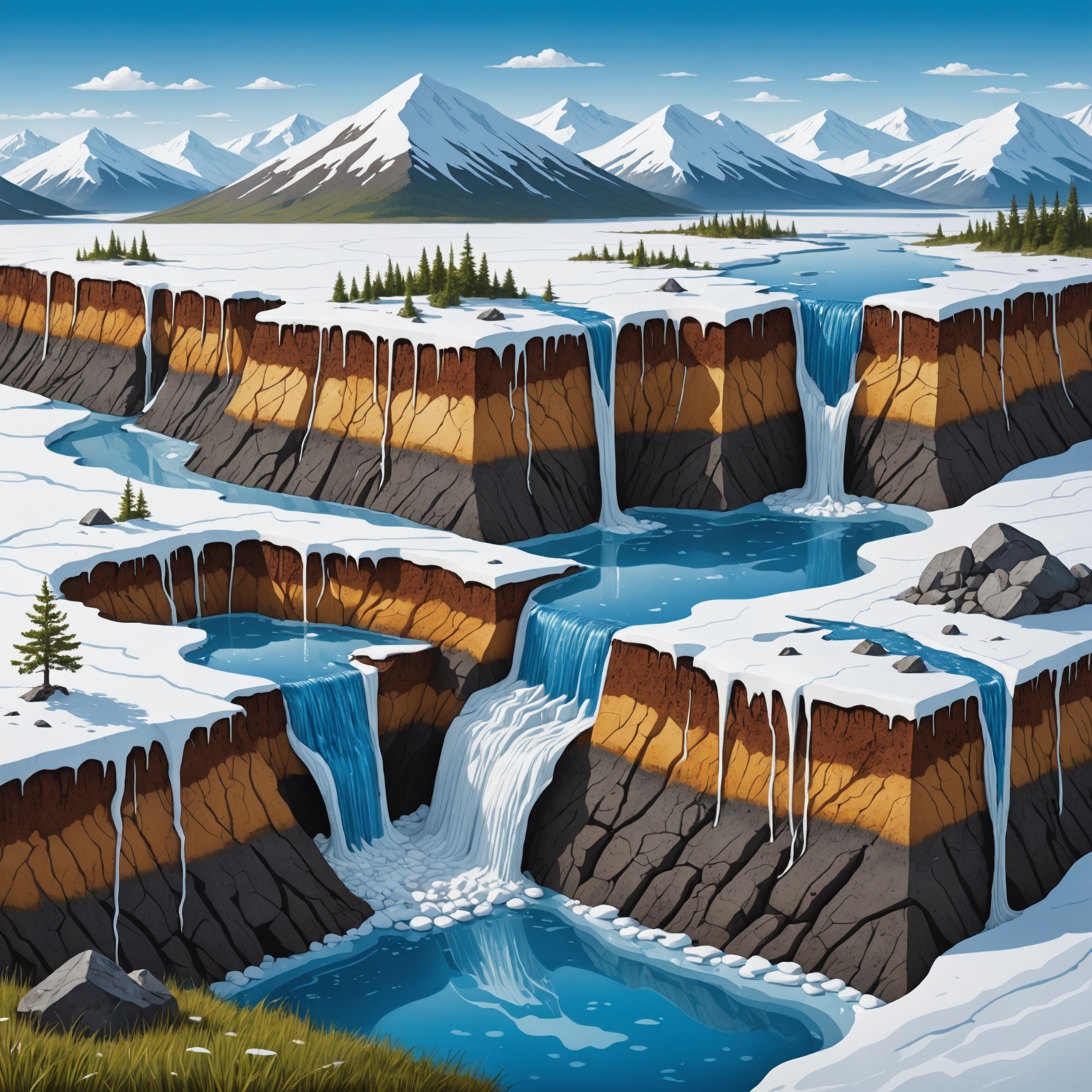Impact of Melting Permafrost on Arctic Infrastructure

Impact of Melting Permafrost on Arctic Infrastructure
As global temperatures rise, the Arctic region faces significant transformations, particularly with the thawing of permafrost. This phenomenon poses serious threats to infrastructure such as buildings, roads, and pipelines, which were originally designed for stable frozen ground.
The Science Behind Permafrost and Its Importance
Permafrost refers to the ground that remains completely frozen for at least two consecutive years. It is a critical element of the Earth's cryosphere and plays a vital role in the Arctic ecological balance and carbon cycle.
However, with the increasing global temperatures, permafrost is beginning to thaw at an unprecedented rate. This thawing not only releases large amounts of methane and carbon dioxide—potent greenhouse gases—but also leads to ground instability.
This instability is problematic for infrastructure built on permafrost. As the ground thaws, it settles differently, leading to uneven surfaces and structural damage.







